In a highly-protected gallery of the British Museum sits one of the finest cat sculptures and museum centerpieces, set in bronze and donning chunky gold earrings and a glittering nose ring. According to the museum, this sculpture depicts the Egyptian goddess, Bastet. Bastet was one of those deities who had the power to become a cat. Like Bastet, all cats were highly revered animals in ancient Egypt.
On another wall is tucked the painting from the Tomb of Nebamun. It features a cat accompanying Nebamun while he is on a fishing excursion. The cat in the artwork is depicted catching a bird in its mouth and clawing two other birds. The cat’s eyes are embellished with gold leaf gilding. As per the British Museum, it is “the only known example of gilding on wall paintings in Theban tomb chapels.” But why have cats been bestowed such a special status in ancient Egyptian society?
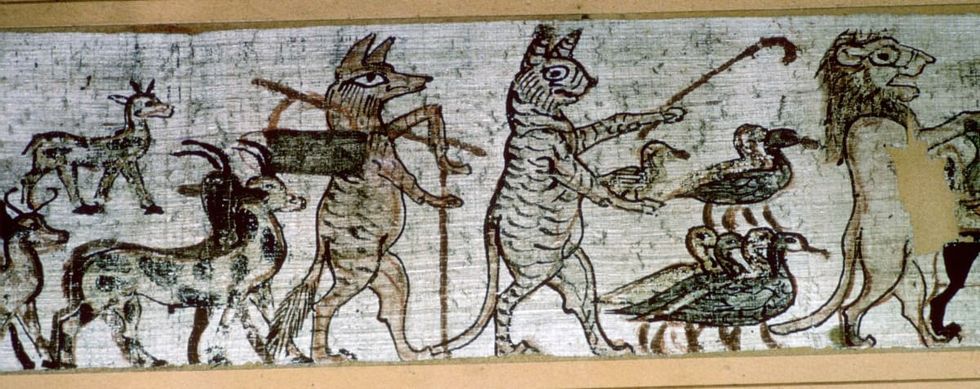
Although ancient Egyptian people and pharaohs dwelling across the Nile River often encountered lions, panthers, and other animals in the wild, cats were endowed with the status of goddesses. According to History, Egyptologist and assistant professor of history at Missouri State University Julia Troche said that one of the reasons is that cats provided companionship and pest control.
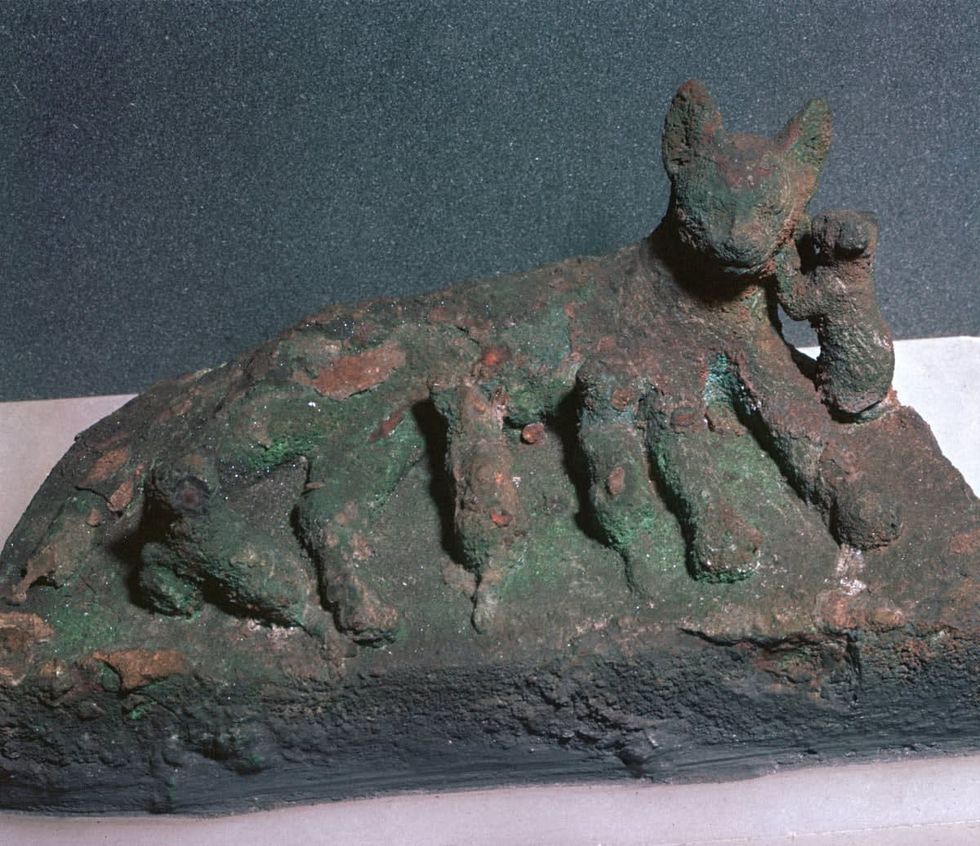
Ancient Egyptians believed that while the tabbies scoured vermin, they ended up cleansing the space occupied by dangerous animals. “Cats might come inside when it was hot, and they in turn would chase away dangerous animals, such as snakes—many of which were venomous—and scorpions,” Troche said.
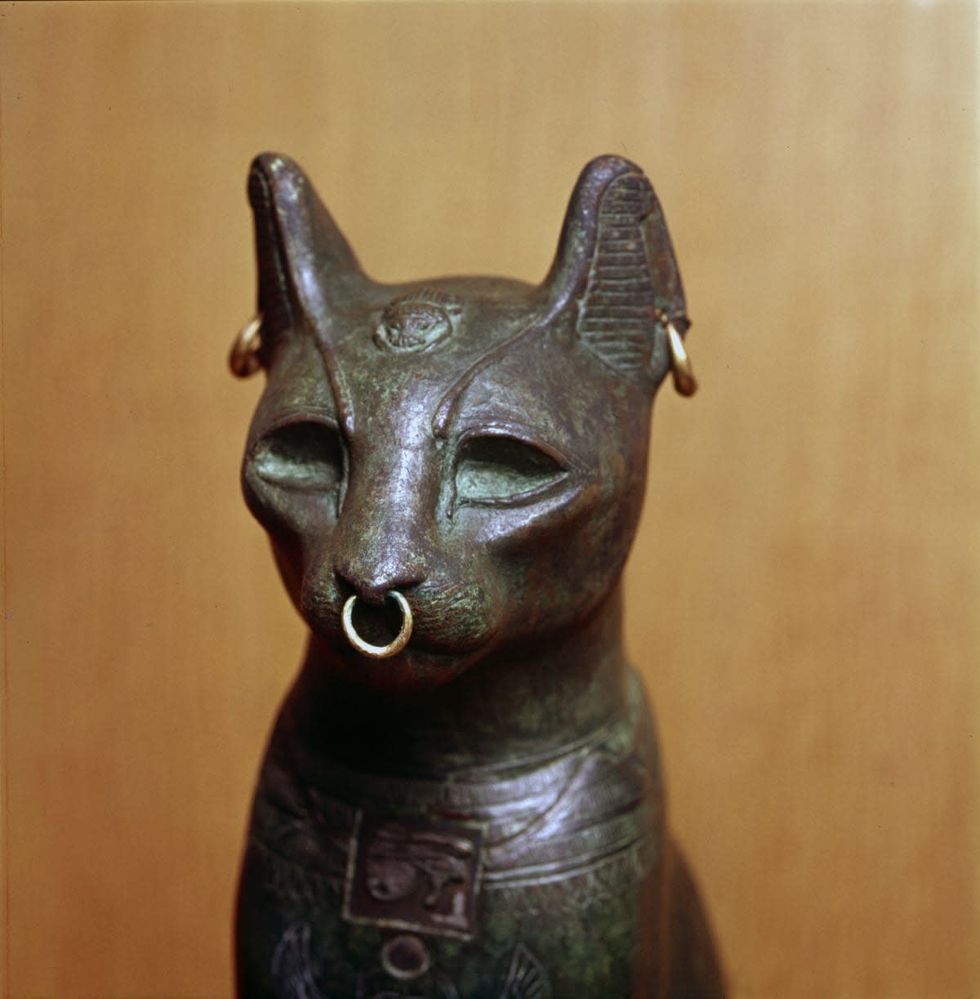
Another reason that ancient Egyptians worshipped cats is they believed that cats would become their companions in the afterlife. So, they mummified the dead and placed their coffin with the mummy of the pet owner, “The tomb was one's posthumous house for eternity,” Troche explained. “In your tombs, you would depict your family, your greatest titles and awards, and the things you enjoyed doing. So, to see cats included in these tableaus speaks to their importance both in the daily lives of ancient Egyptians and in their hope that they continued with them into the Hereafter.”
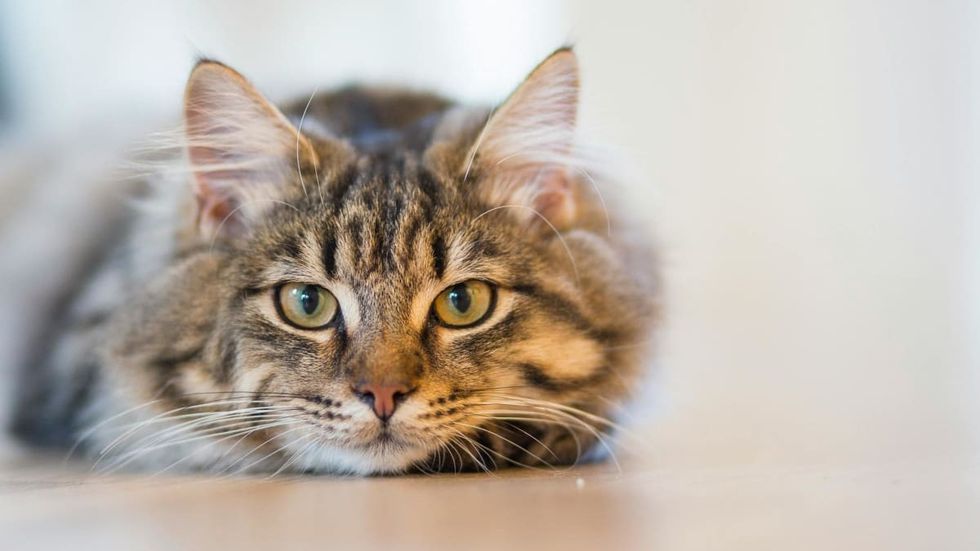
Monique Skidmore, a professor of anthropology at Deakin University and editor of Trip Anthropologist, gave another reason for cats being worshipped in ancient Egypt. She said, “Ancient Egyptians held cats in such high regard because of the practices and preferences of their gods, but also because their kings, the pharaohs, kept giant cats. Members of the Egyptian royal class dressed their cats in gold and let them eat from their plates.”
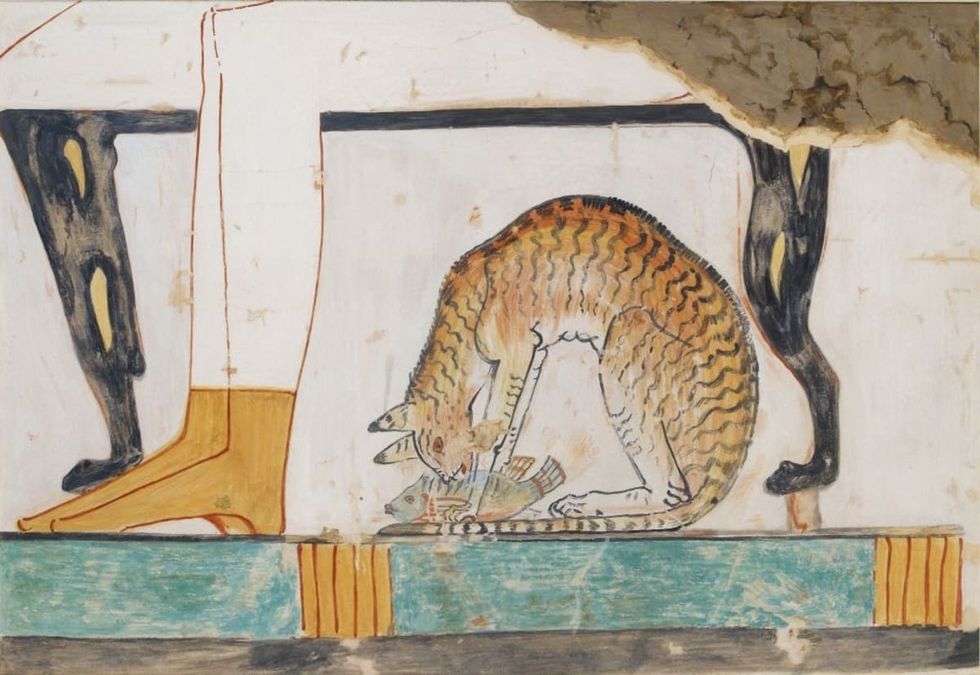
Egyptians had several goddesses who were depicted with the face of a cat. As Skidmore explained, Bastet was one of them, “Bastet, for example—the daughter of the gods Ra and Isis—was first depicted as a fierce lioness, but later as a domestic cat: a dutiful mother with several kittens, and a protector of the family.” Bastet was known from the 2nd millennium BC, for her nurturing and violent qualities, as well as her shielding and motherly aspects.
In addition to Bastet, there were goddesses like Mafdet, Mut, and Sekhmet, portraying cat-like heads and representing justice, feminity, and power. “Sekhmet was a lioness goddess who was a warrior and protector deity who kept at bay the enemies of the sun god Ra and who also kept away illness and sickness,” Troche added. “In this way, we can see that the ancient Egyptians thought of cats, more generally, as protectors, while at the same time they respected their ferocity.”
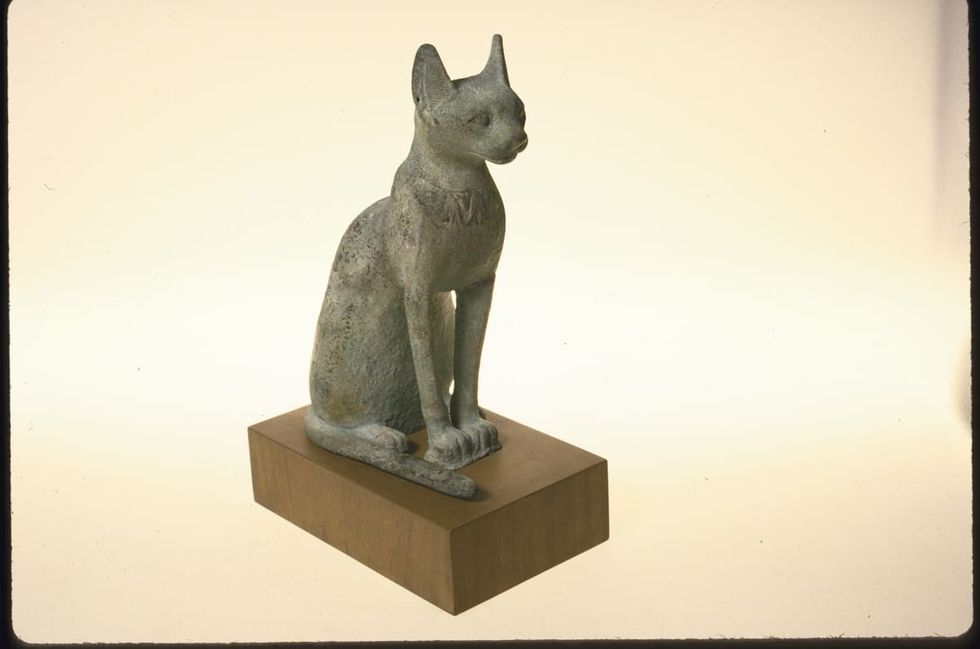
Cats in ancient Egypt were also seen as metaphors illustrating fertility. “They are often depicted sitting under women's chairs, implying a connection to women, and perhaps fertility more broadly,” Troche said. Also, the killing of cats was forbidden, except for mummification. “Cats were not worshipped as gods themselves, but as vessels that the gods chose to inhabit, and whose likeness gods chose to adopt,” Skidmore explained. “That’s why cats were mummified, and a whole economy around breeding and mummifying cats was created in ancient Egypt,” said Skidmore.
According to National Geographic, pet owners, especially from wealthy families, dressed their cats in jewels and fed them royal treats. When the cats died, they were mummified. As per the writings of the Greek historian Herodotus from the 4th century B.C.E., the cat owners shaved off their eyebrows, to mourn for their dead felines. Cats were regarded so special by this ancient community that those who killed them, even by accident, were sentenced to death.
No wonder, when it comes to the history of ancient Egypt, archaeologists and historians are not only fascinated by the cryptic language of hieroglyphs, legendary god-like pharaohs, and mysterious tombs but also a divine chronicle of cats. In 2018, an excavation in the pyramid complex at Saqqara revealed dozens of cat mummies, including some buried in limestone coffins.


















 Pictured: The newspaper ad announcing Taco Bell's purchase of the Liberty Bell.Photo credit: @lateralus1665
Pictured: The newspaper ad announcing Taco Bell's purchase of the Liberty Bell.Photo credit: @lateralus1665 One of the later announcements of the fake "Washing of the Lions" events.Photo credit: Wikimedia Commons
One of the later announcements of the fake "Washing of the Lions" events.Photo credit: Wikimedia Commons This prank went a little too far...Photo credit: Canva
This prank went a little too far...Photo credit: Canva The smoky prank that was confused for an actual volcanic eruption.Photo credit: Harold Wahlman
The smoky prank that was confused for an actual volcanic eruption.Photo credit: Harold Wahlman
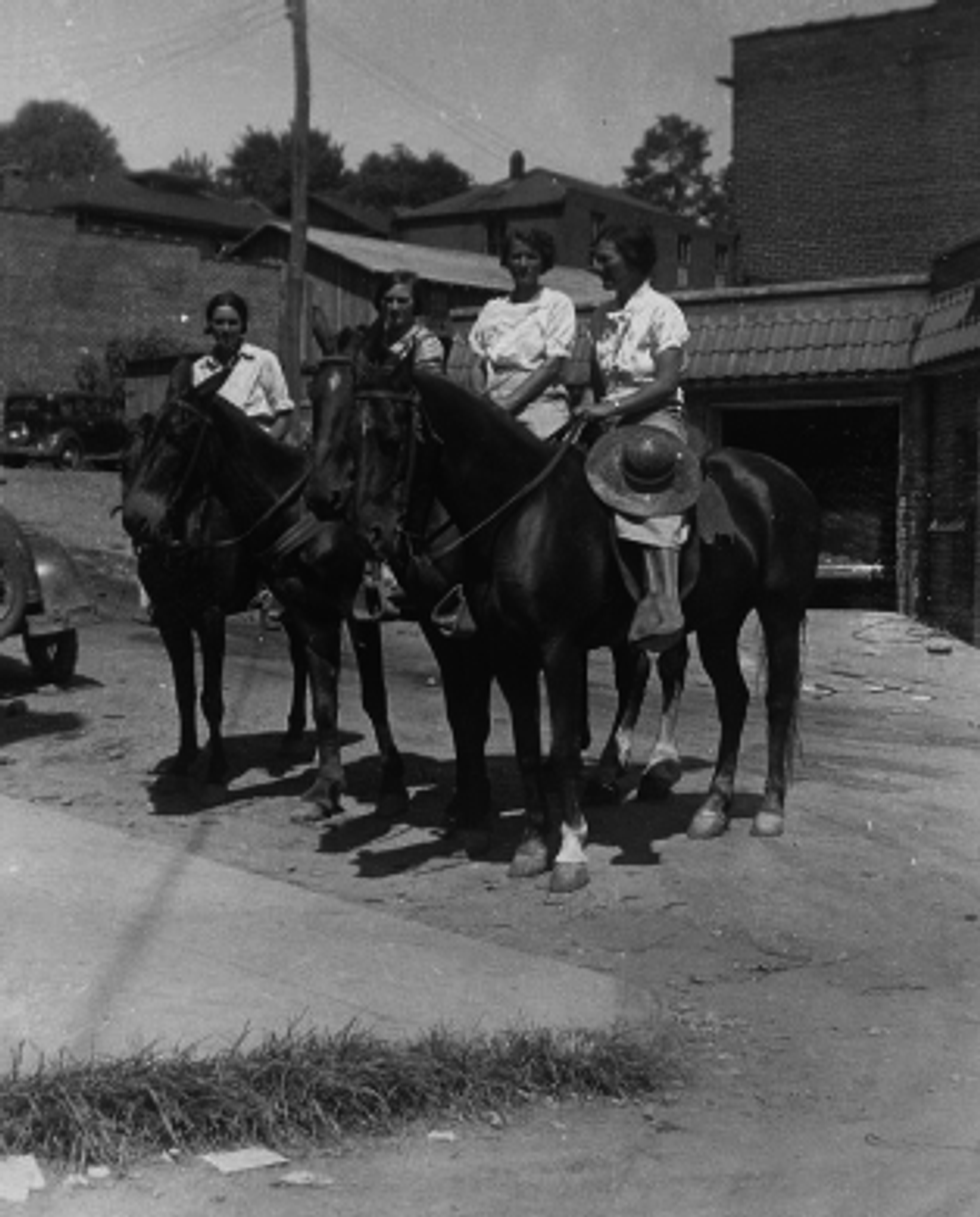 Packhorse librarians ready to start delivering books.
Packhorse librarians ready to start delivering books. Pack Horse Library Project - Wikipedia
Pack Horse Library Project - Wikipedia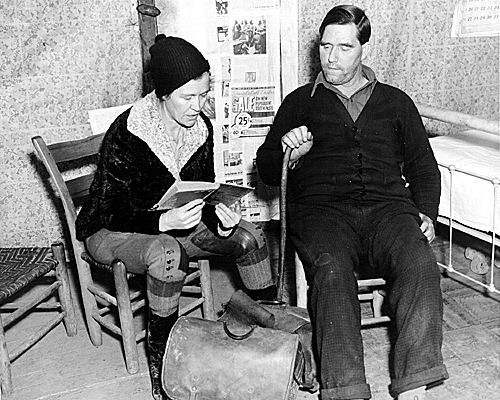 Packhorse librarian reading to a man.
Packhorse librarian reading to a man.
 Fichier:Uxbridge Center, 1839.png — Wikipédia
Fichier:Uxbridge Center, 1839.png — Wikipédia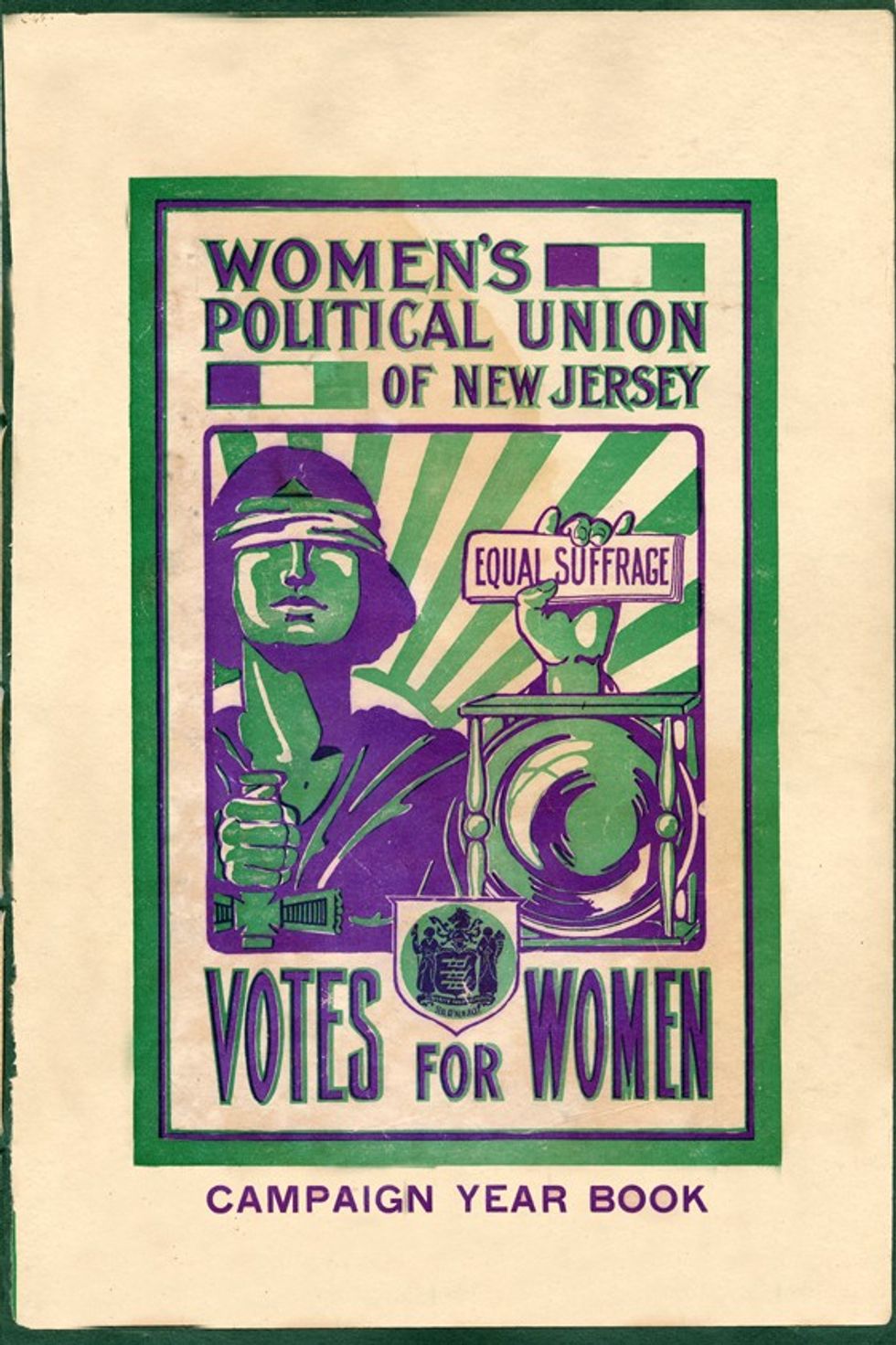 File:Women's Political Union of New Jersey.jpg - Wikimedia Commons
File:Women's Political Union of New Jersey.jpg - Wikimedia Commons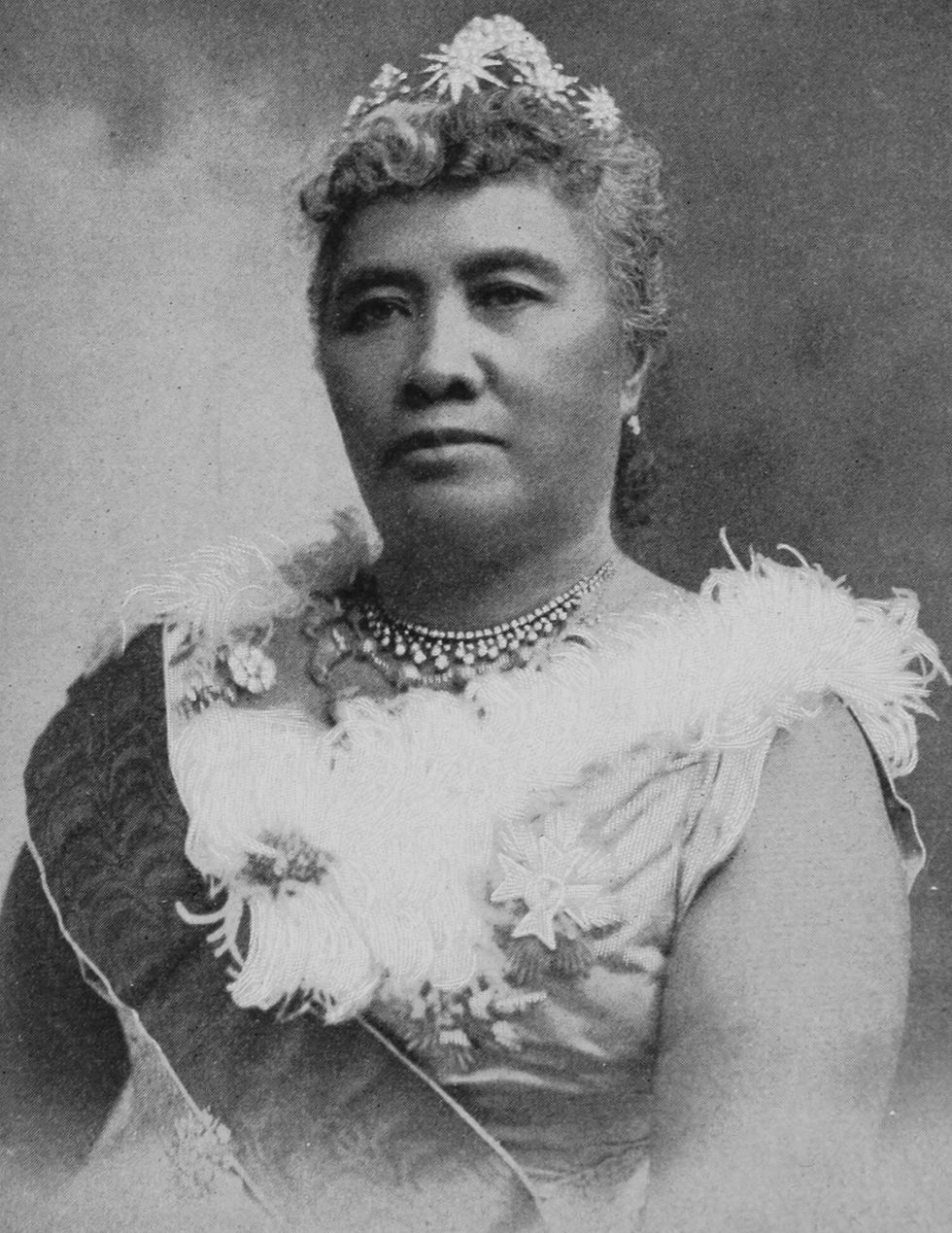 File:Liliuokalani, photograph by Prince, of Washington (cropped ...
File:Liliuokalani, photograph by Prince, of Washington (cropped ...
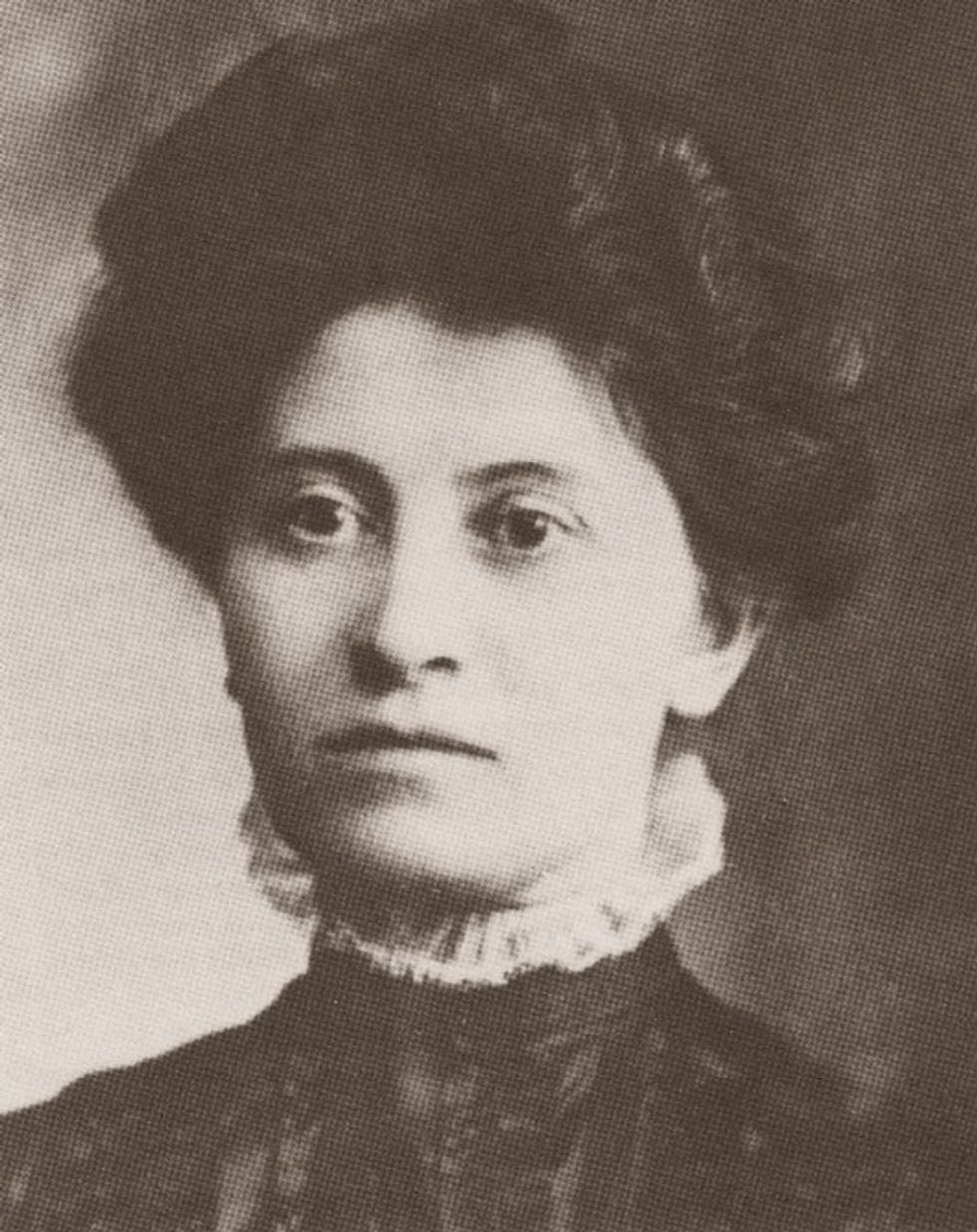 Theresa Malkiel
commons.wikimedia.org
Theresa Malkiel
commons.wikimedia.org
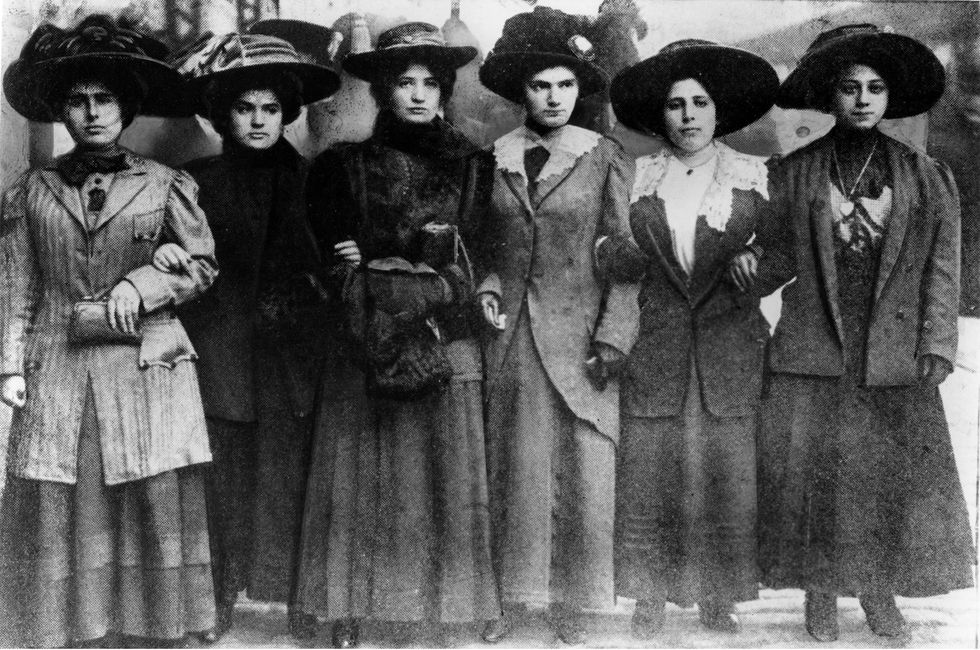 Six Shirtwaist Strike women in 1909
Six Shirtwaist Strike women in 1909
 U.S. First Lady Jackie Kennedy arriving in Palm Beach | Flickr
U.S. First Lady Jackie Kennedy arriving in Palm Beach | Flickr
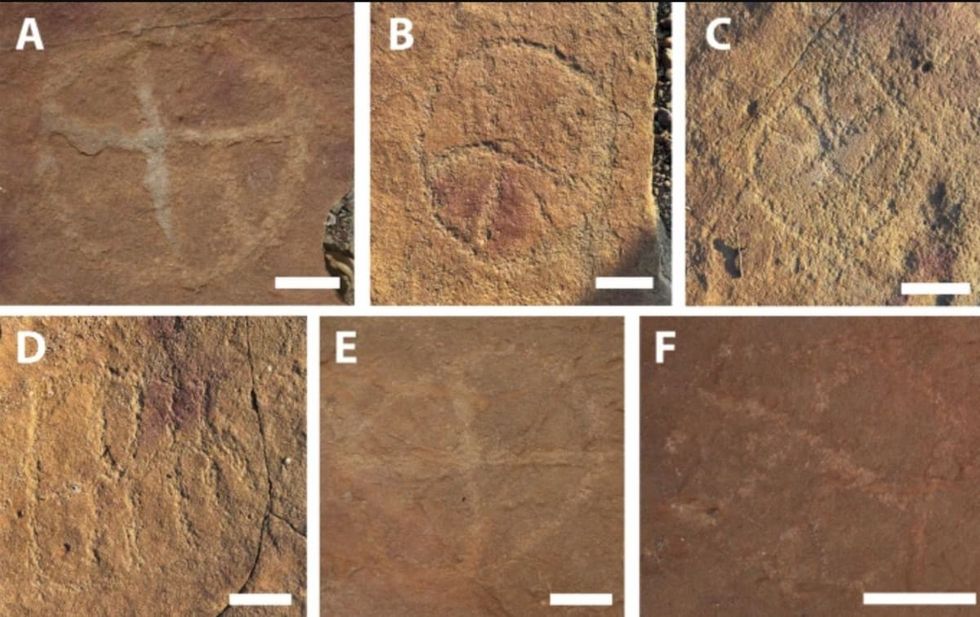 Image Source:
Image Source: 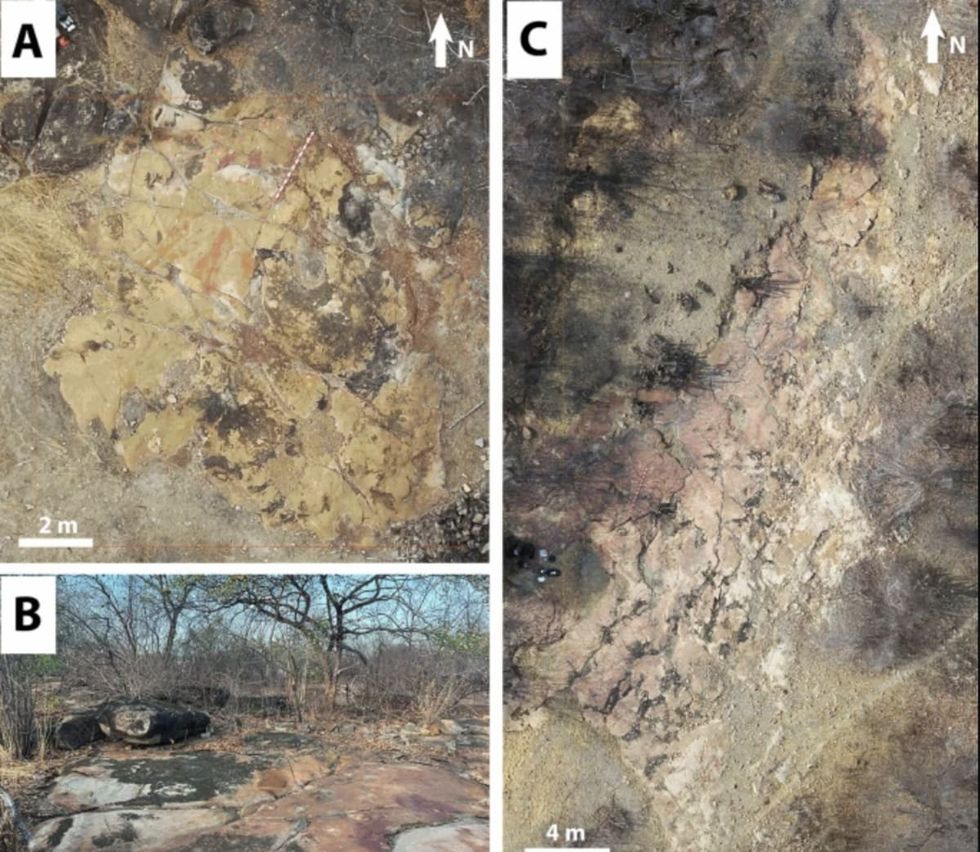 Image Source:
Image Source: 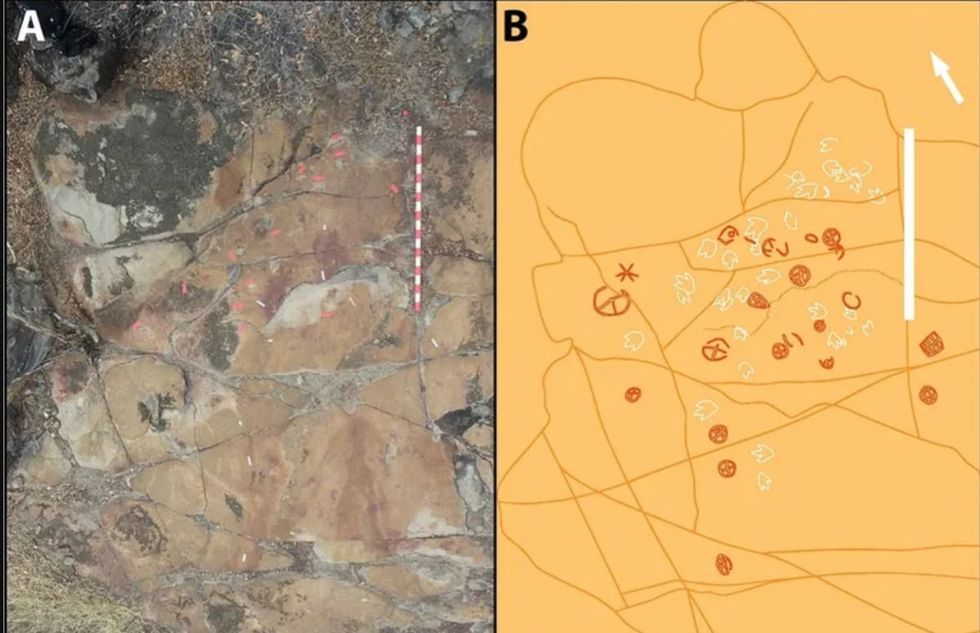 Image Source:
Image Source: 